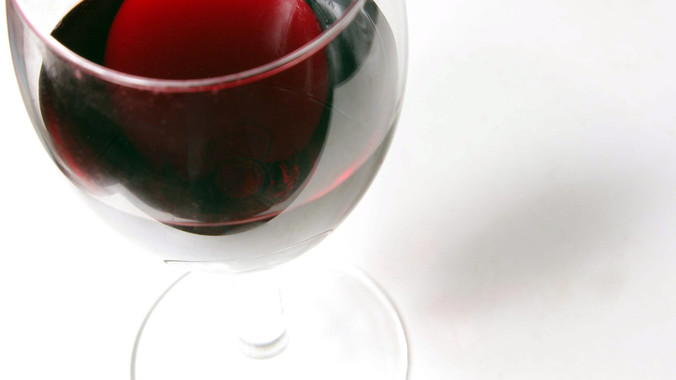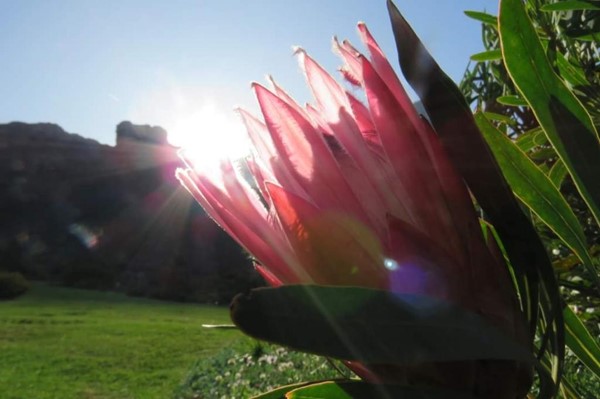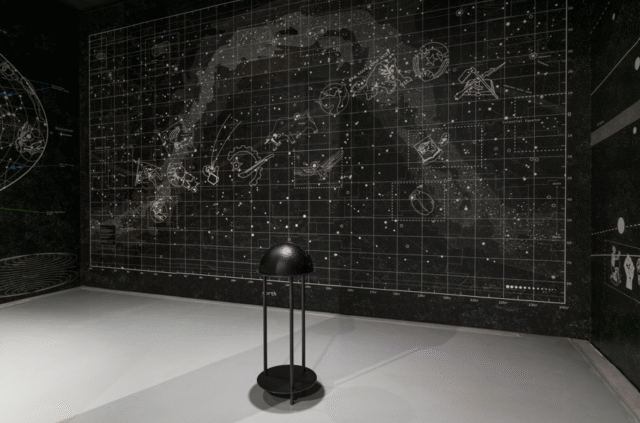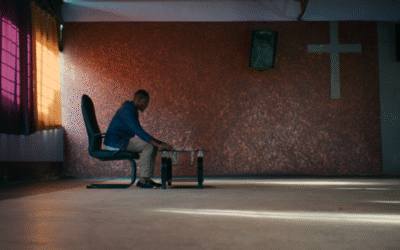Joostenberg wines merge delicous red and white wine with modest prices, notes wine-writer Tim James.
Some kilometres outside Paarl, if you’re driving to Cape Town on the N1, a rather stately procession of electricity pylons crosses the motorway. Just there, on the right, are the vineyards of Joostenberg.
This is not deep country, but the estate, with its sprawling werf of lovely old buildings among the vines, has an unspoilt and genuine farmlike atmosphere.
The Cape Dutch manor house dates from 1756 (it’s shown with an old , but not quite so old, bakkie in the 1951 photograph on the labels of the Family Blend range). That’s where Philip Myburgh lives; his brother, Tyrrel, in charge of both vineyards and cellar, lives in converted old outbuildings alongside the original brandy still, which stands unused but intact (a rare thing) under the trees.
Philip and Tyrrel are the fifth generation of Myburghs to farm this land; though it is only since 1999 that the old tradition of winemaking has been resumed.
The local co-op took the grapes from 1947 until the brothers took up the challenge once more, simultaneously shifting their viticultural practices to the organic farming that now prevails.
Their sister, Susan, and her husband, the fine French chef Christophe Dehosse, offer delicious and sometimes fattening (rillettes!) country cuisine at the Klein Joostenberg bistro and deli on the other side of the motorway.
The wines Tyrrel makes are modest, in the best sense of that undervalued concept: unassuming and unaggressive, offering companionability rather than brash, alcoholic and oaky assertiveness. They’re generally very good and, what’s more, also modest in their price.
This combination is particularly effective in the Family Blend range, with white, rosé and red each costing a fraction under R60. It’s about as good as it gets at this level, I’d say, and once more I’m happily amazed by the good value one can find on local wine-shelves, if you do some judicious looking for interesting stuff beyond the big brands.
Of the three, the white impresses most, reflecting the excellence of Joostenberg’s chenin blanc vineyards; in this totally charming wine, a viognier component adds some peachy grace notes.
Rosés are increasingly popular and, if you like yours dry and elegant, the Joostenberg will appeal greatly, as it does to me. Shiraz is the largest grape contributor, as in the Family Blend Red; a ripe-fruited, easygoing wine, but fresh and with a savoury depth.
The vibrancy and freshness apparent in these three wines are (it seemed to me when I tasted a few vintages of Joostenberg wines recently) characteristics increasingly to be found in Tyrell’s more recent vintages. They will also be more apparent in forthcoming releases of the estate’s most ambitious wines; and more expensive, though not overpriced, at R98 to R115.
Not that the currently available vintages of the grander wines are anything other than pleasing. Chenin features again prominently in the barrel-fermented Fairhead (around R98), richer and more complex than the Family Blend version. There are a pair of good, serious reds: Bakermat 2010 is a cabernet-led blend, refined and even a little lean, though gently warm; I enjoy the Syrah 2010 a touch more (and do look out for the really exciting 2012 early next year).
Most illustrious of the Joostenberg wines is the gorgeous but elegant Noble Late Harvest; from chenin, of course. Like all the wines the Myburghs offer, it expresses its origins with deft precision, and modesty.
via Mail & Guardian.






